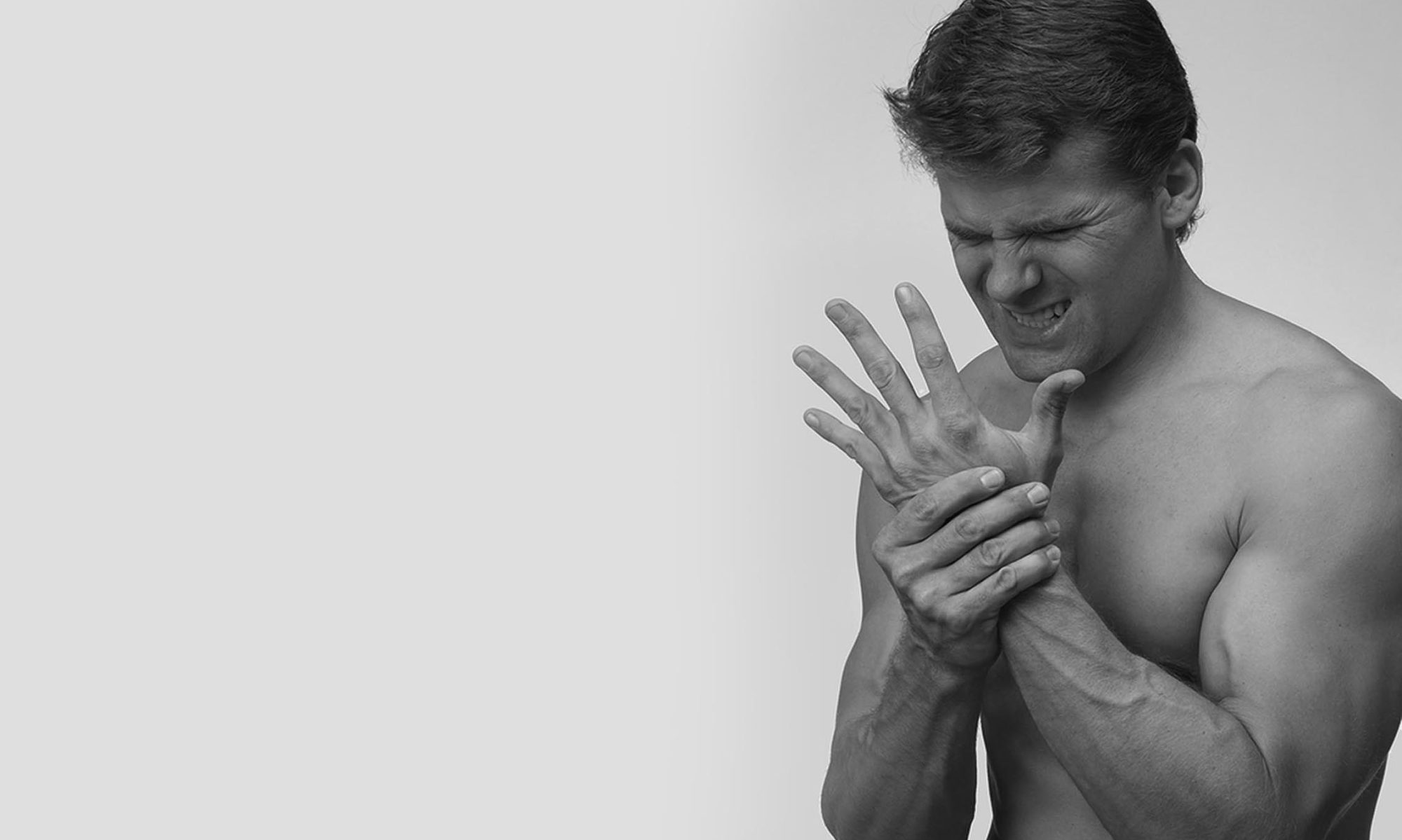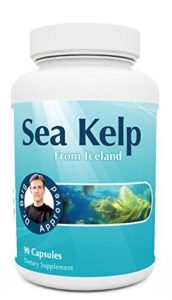I got a very interesting question the other day from someone who saw one of my videos on YouTube. He asked: “How can there be a quick recovery for tendonosis, which is tendon degeneration, if it takes collagen (what tendons are made of) 100 days on average to regenerate?”
This is a really excellent question, maybe the best one I’ve ever gotten. To begin with, it’s important to remember that “degeneration” doesn’t always mean “destruction”. Degeneration in the context of tendonosis can mean several things, one of which is destruction of the collagen fibers (such as is sometimes seen in the case of Levaquin patients, and in those cases recovery generally does take several months, if it happens at all), but most of the time it simply implies a degeneration in function or ease of movement rather than actual damage to the collagen fibers themselves.
What happens is this: in much the same way that adhesions affect muscle tissue, tendons that are affected by tendonosis develop points or sections along the fibers that begin to stick together. With muscle fibers, the mechanism is pretty clearly understood: tiny fibers are grouped into bundles to create larger fibers, which are in turn grouped into still larger bundles, until you have a three-tier structure.
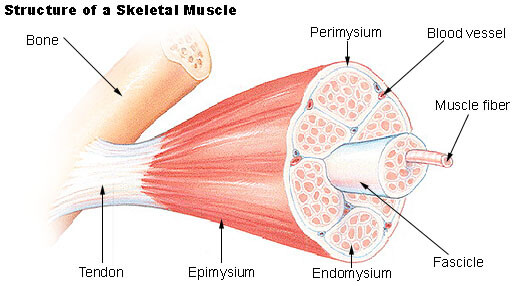
These bundles slide along each other at every level when a muscle is functioning normally, but when adhesions develop they stick at certain points, which then causes pain during movement. A good physical therapist can usually find these points simply by feeling along the muscle, and then use finger pressure to break up the adhesions and get the muscle back into good working order.
With tendons, the situation isn’t as clear. For one thing, tendons don’t contract…but they do stretch. Perhaps because of this, generally speaking simple finger pressure or massage is not enough to break up the adhesions that form. This is partly because collagen isn’t as flexible as muscle fiber, and partly because the location of the tendon itself can be harder to get at. Also, since tendon fibers don’t slide along each other the way muscle fibers do, the theory is that the collagen fibers somehow get intertwined, developing what might be visualized as “crosshatches” of collagen. What’s needed is a way to re-align the fibers so that they no longer interfere with each other.
Here’s a picture of a healthy tendon. Note how the collagen fibers are basically nice and straight.
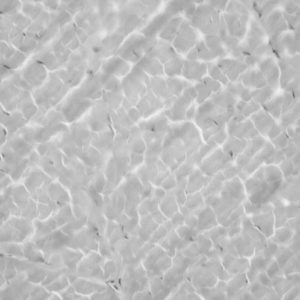
Here’s a shot of an unhealthy tendon. The arrows show some of the spots of adhesion, which show up as white in the picture.
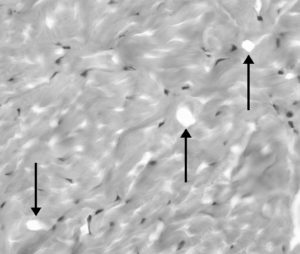
If you could somehow run a comb through the collagen and “comb it out straight”, that would be ideal. But since that’s not possible, the next best thing is a regimen of targeted, specialized exercises that, over the course of a couple of weeks, will usually accomplish the same effect. This does not need to cost a lot of money; there is a large body of research that shows that simple tendon strengthening and rehab exercises done at home can be just as effective as platelet-rich plasma and other such “cutting-edge” treatments.
